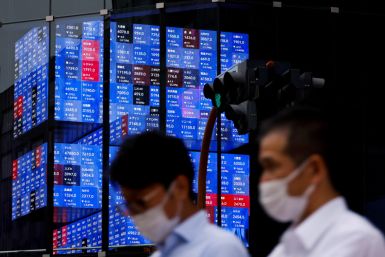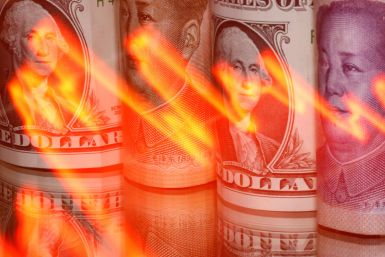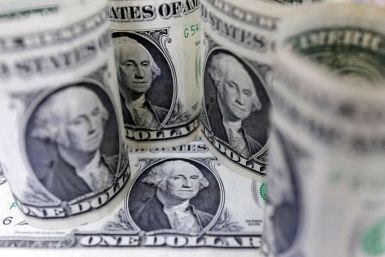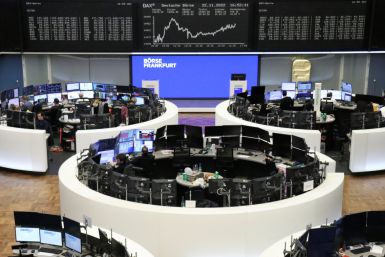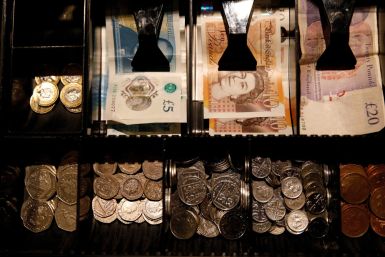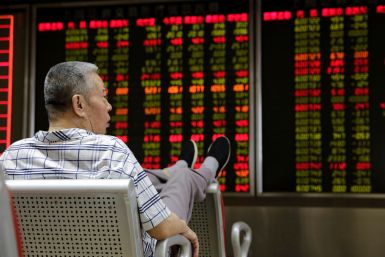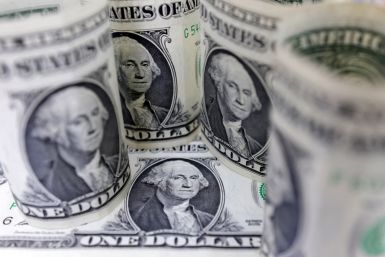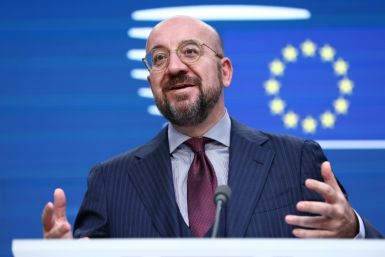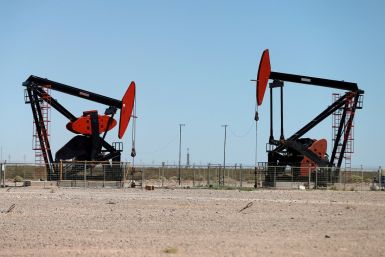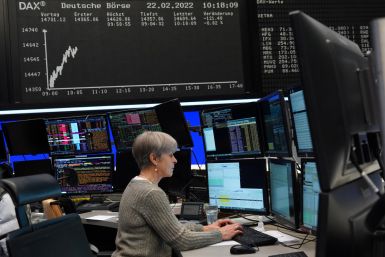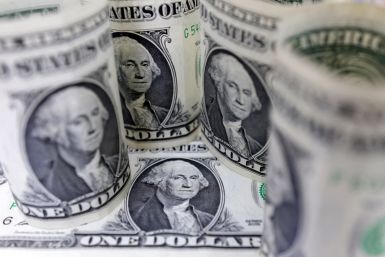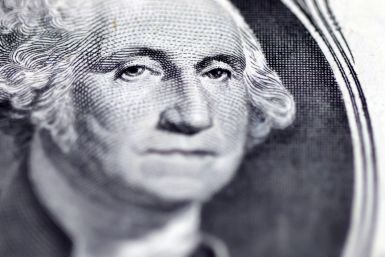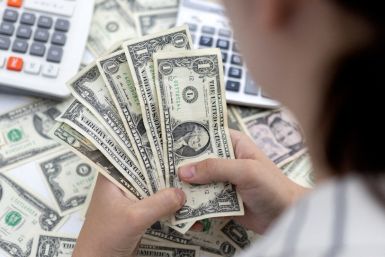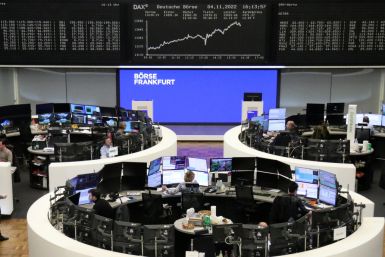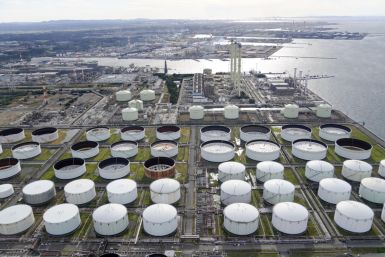The market for old oil tankers is booming, and it's all down to efforts by Western nations to curb trade in Russian crude.
The Group of Seven price cap on Russian seaborne oil came into force on Monday as the West tries to limit Moscow's ability to finance its war in Ukraine, but Russia has said it will not abide by the measure even if it has to cut production.
Asian shares edged higher on Monday as investors hoped steps to unwind pandemic restrictions in China would eventually brighten the outlook for global growth and commodity demand, even if full freedom could be months away.
Oil prices inched up in early trade after OPEC+ nations reaffirmed their oil output targets ahead of a European Union ban and price caps on Russian crude, which kick off on Monday.
The pound has pulled off its biggest monthly increase against the U.S.
OPEC oil output has fallen in November, led by top exporter Saudi Arabia and other Gulf members, after the wider OPEC+ alliance pledged steep output cuts to support the market amid a worsening economic outlook.
European equities and the euro rose Wednesday as eurozone inflation slowed but remained elevated on high energy costs.
European Union countries are inching towards a deal this week on a price cap on Russian oil, a way to adjust the cap in future, and on linking it to a package of new sanctions against Moscow over its invasion of Ukraine, diplomats said on Tuesday.
Chinese entrepreneur Wang Min is delighted about Russia's embrace of the yuan.
The government is already partially subsidising rocketing electricity and gas bills after prices soared following the invasion of Ukraine by key fossil fuel producer Russia.
The dollar gained broadly on Monday as protests against COVID restrictions in China stoked uncertainty and dented sentiment, sending the yuan sliding and pushing nervous investors toward the safe-haven greenback.
European stocks were subdued on Friday, with retail shares coming under pressure on fears of a bumpy holiday shopping season due to high inflation and slowing global economic growth.
It's the best of times, it's the worst of times. At least when it comes to mining coal.
Sterling slipped against a strengthening U.S. dollar on Monday as global risk sentiment was dented by rising COVID-19 cases in China, which led to new restrictions in the world's second largest economy.
Oil prices hovered near two-month lows on Monday as supply fears receded while concerns over China's fuel demand and rising interest rates weighed on prices.
A look at the day ahead in Asian markets from Jamie McGeever.
Asian share markets turned hesitant on Monday as investors fretted about the economic fallout from fresh COVID-19 restrictions in China, while bonds and the dollar braced for more updates on U.S.
The dollar was headed for its best week in a month on Friday, as hawkish remarks from Federal Reserve officials and stronger-than-expected retail sales data have put the brakes on a pullback that was triggered by signs of softening inflation.
Oil prices fell for a second day in early Asian trade on Thursday as concerns over geopolitical tensions eased and rising numbers of COVID-19 cases in China added to demand worries in the world's largest crude importer.
Europe will engage with China but needs to "rebalance" the relationship to avoid becoming too reliant on the country for areas like innovative technology, European Council President Charles Michel said on Tuesday.
Oil prices extended losses in early Asian trade on Tuesday after OPEC cut its 2022 global demand forecast, while rising COVID-19 case numbers in China clouded the outlook for fuel consumption in the world's top crude importing nation.
Oil prices rose nearly 1% on Monday, extending gains from the previous session as China eased some of its strict COVID-19 protocols, fuelling hopes of a recovery in economic activity and demand at the world's top crude importer.
Stock pickers have a message for company finance bosses and it's getting louder: bolster your balance sheets before the downturn strikes.
Investors are stampeding away from the dollar, as softer-than-expected U.S.
The dollar regained its footing on Thursday ahead of key U.S.
Oil prices were mostly unchanged in early trade on Wednesday, after sliding 3% in the previous session on worries about demand stalling on potential new lockdowns in top oil importer China as COVID-19 cases rebound.
The dollar wavered on Wednesday, as traders awaited results from U.S.
French energy giant TotalEnergies has pulled ahead of rivals Shell and BP in the race to build up a renewables business, data collected by Reuters shows.
European shares rose on Monday, reversing declines from the opening bell, as a jump in travel stocks helped outweigh a drag from China-exposed luxury giants.
Oil prices fell more than 2% at the start of Asia trade on Monday after Chinese officials on the weekend reiterated their commitment to a strict COVID containment approach, dashing hopes of an oil demand rebound at the world's top crude importer.









